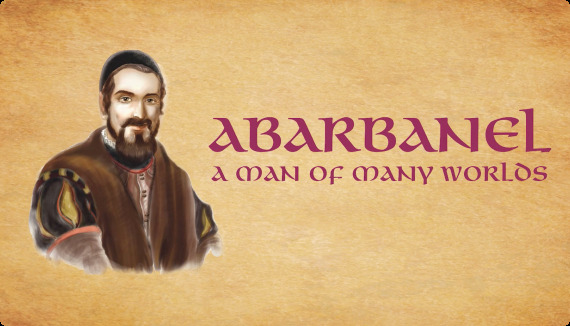
Yeshivas of Eastern Europe
8 Lectures
Compact Disc MP3 DownloadThe yeshiva movement spread across Eastern Europe, headed by strong-willed leaders who gave each school a personality of its own. Yeshivas imposed structure on rabbinic ordination and created a hierarchy of current halachic authority. Noted Jewish historian Berel Wein explores the great 19th century explosion of Talmudic learning. Learn how the yeshivas' scholarly dynasties affect religious life today.
Individual lectures:
Volozhin Part I - The yeshiva of Volozhin was a Torah institution like no other in the Jewish world; it both educated Talmudic scholars while housing and feeding them. Rabbi Wein reviews the entire process by which Rabbi Chaim Volozhiner transformed an idea into a reality so successful that it became the prototype for thousands of yeshivos.
Volozhin Part 2 - The issue of succession of power has torn apart many an institution, and when the Netziv assumed the position of rosh yeshiva, it did not come to him without a fight. Rabbi Wein recounts his famed dispute with the Bais Ha Levi, and even after the Netziv won, his problems were not over. Yet despite crushing poverty, the maskilim, and the Czarist government, under the Netziv's leadership, the Yeshiva of Volozhin reached heights of Torah that the world continues to emulate.
Telshe - The most innovative of all the yeshivos, Telshe was the first to institute the study of mussar, to have shiurim in addition to chavrusas, and later, to open a girls' school. Rabbi Wein describes the Torah giants who built this great yeshiva, their methods and the challenges they faced, all of which laid the foundation that enabled the yeshiva to rebuild and expand itself into the multiple-branch institution in spite of what the Nazis did to the original yeshiva.
Mir - The Yeshiva of Mir enjoys the unique distinction of being the oldest, continuously running yeshiva in existence in the Jewish world, and it has passed through many different phases in that long stint. Rabbi Wein reviews the contests for leadership that raged on in the yeshiva's early years and sums up with the thrilling stories of its narrow escapes from both World Wars.
Slobodka - Originally named Knesset Yisroel after Rabbi Yisroel Salanter, the yeshiva of Slobodka became the more closely associated with mussar teachings than any other yeshiva. Its founder, Rabbi Nosson Tzvi Finkel, a genius in his understanding of human nature, and in emphasizing the greatness of every person was able to mold his students into a generation of great Torah leaders.
Lublin - Rabbi Meir Shapiro, founder of the Yeshivas Chachmei Lublin, began with a vision of a yeshiva that would include all types of Jews and rise above the divisions amongst us. Despite some resistance, and with his own talents at speaking and organizing, Rabbi Meir Shapiro achieved his dream. That he prevailed in spreading Torah in the midst of the virulent anti-Semitism of pre-war Poland makes his story one of the most inspirational in all of Jewish history.
Lida - The founder of this lesser known Lithuanian yeshiva, Rabbi Yitzchak Yaakov Reines was a maverick for his tolerant approach to secular studies and his uniting Torah with Zionism in the Mizrachi movement. His life and work encapsulate the question the Torah world continues to grapple with: how should Torah Jews react to the forces of modernity?
Kaminetz - When the dispute between the mussar movement and the rabbinate was at its height, Yeshivas Bais Yitzchok, the forerunner of Yeshivas Kaminetz, opened as a competitor to the Slobodka yeshiva and its mussar approach. Rabbi Wein depicts the years of competition and the wisdom by which it was ultimately defused. Uprooted by World War I, its rabbis struggled to rebuild in the Ukrainian town of Kaminetz, only to be uprooted again by World War II. Yet like all of the yeshivos in this series, both the institution and its methods live on.



